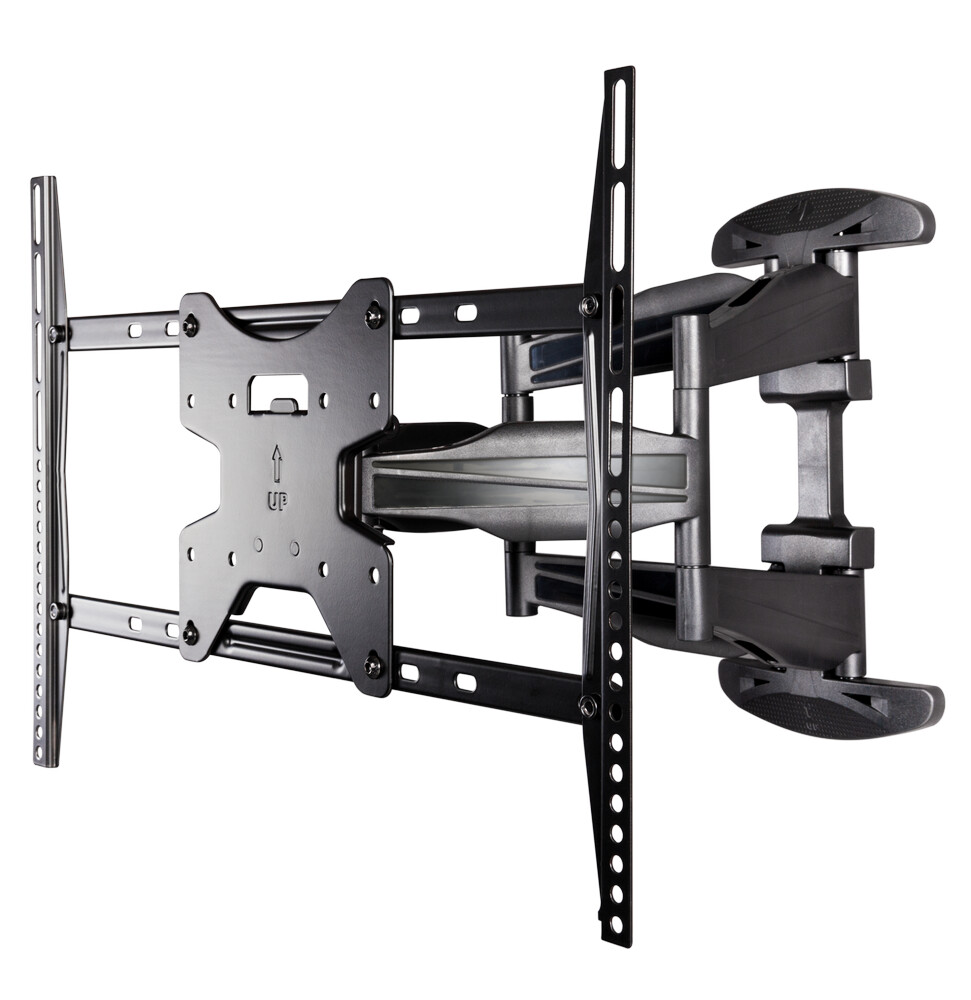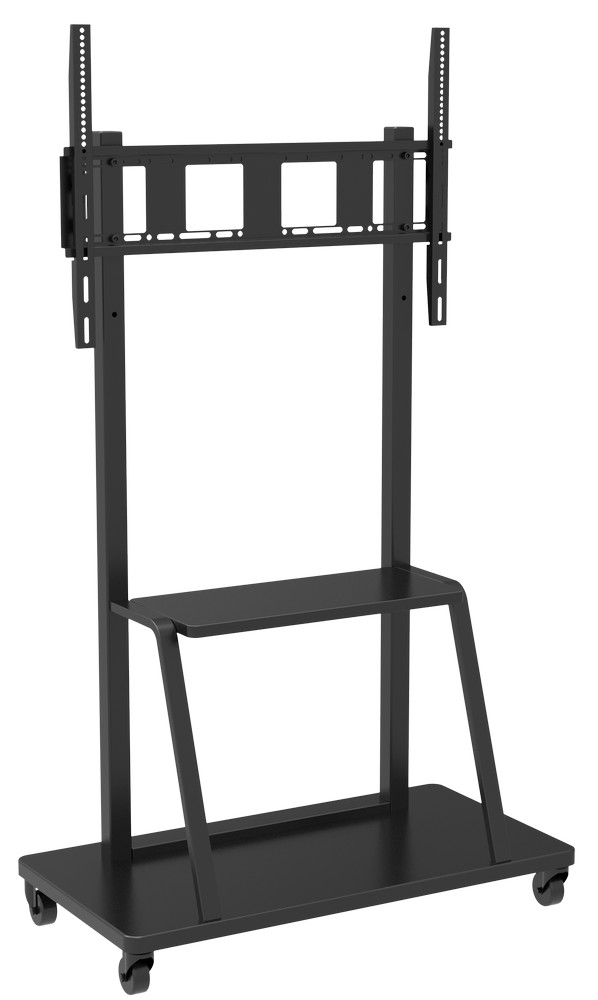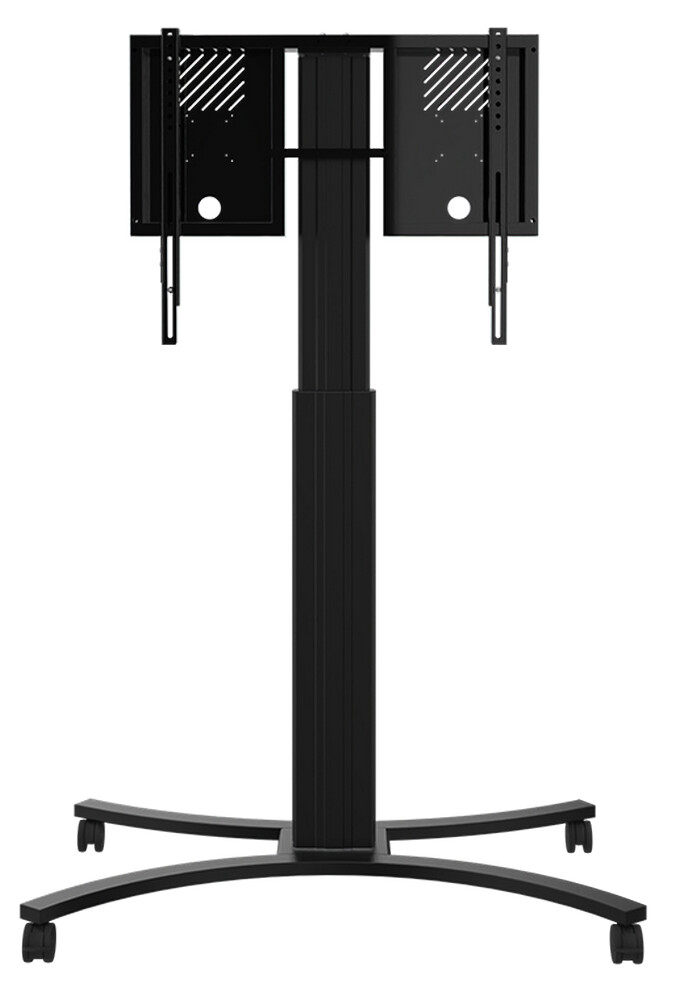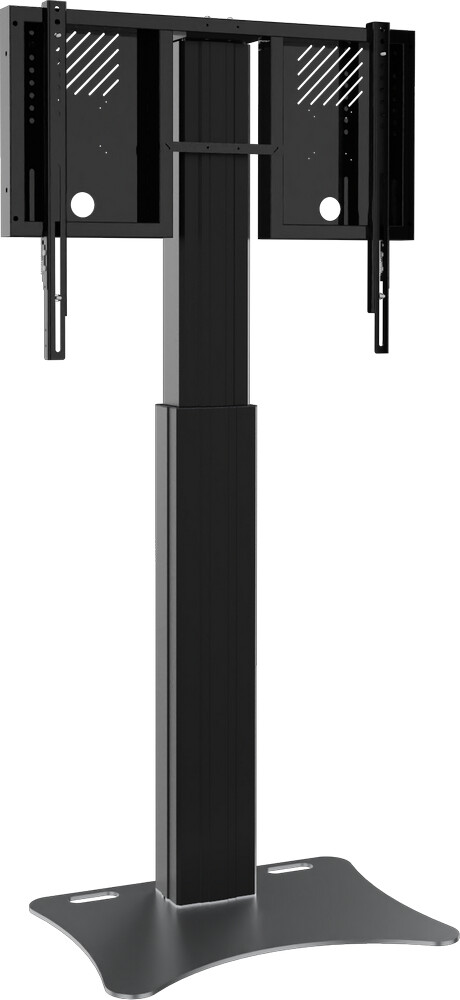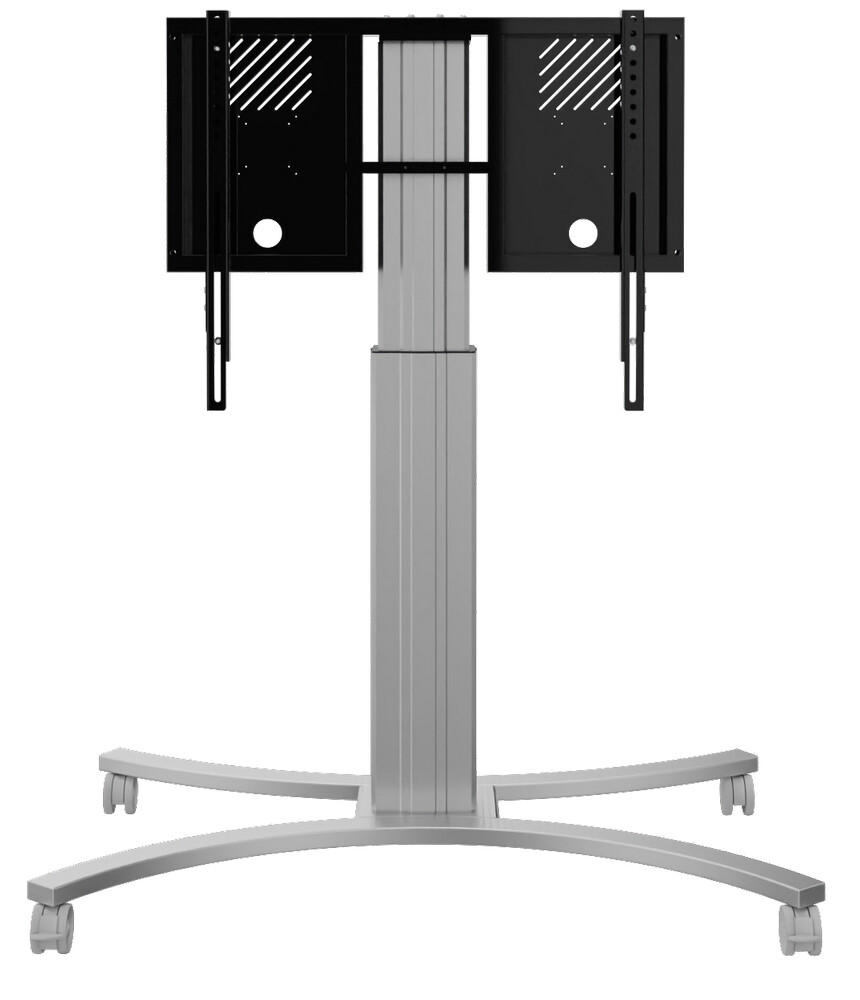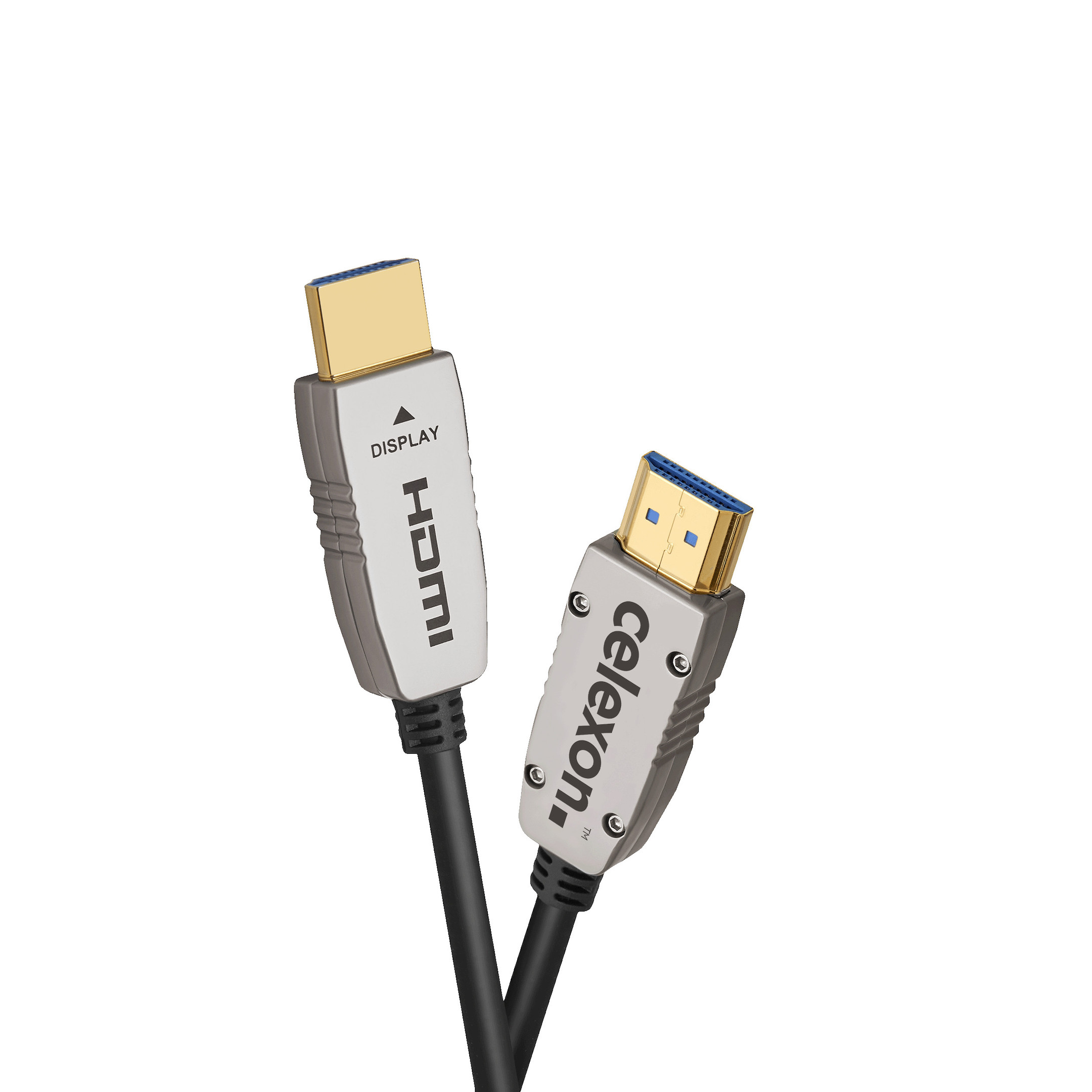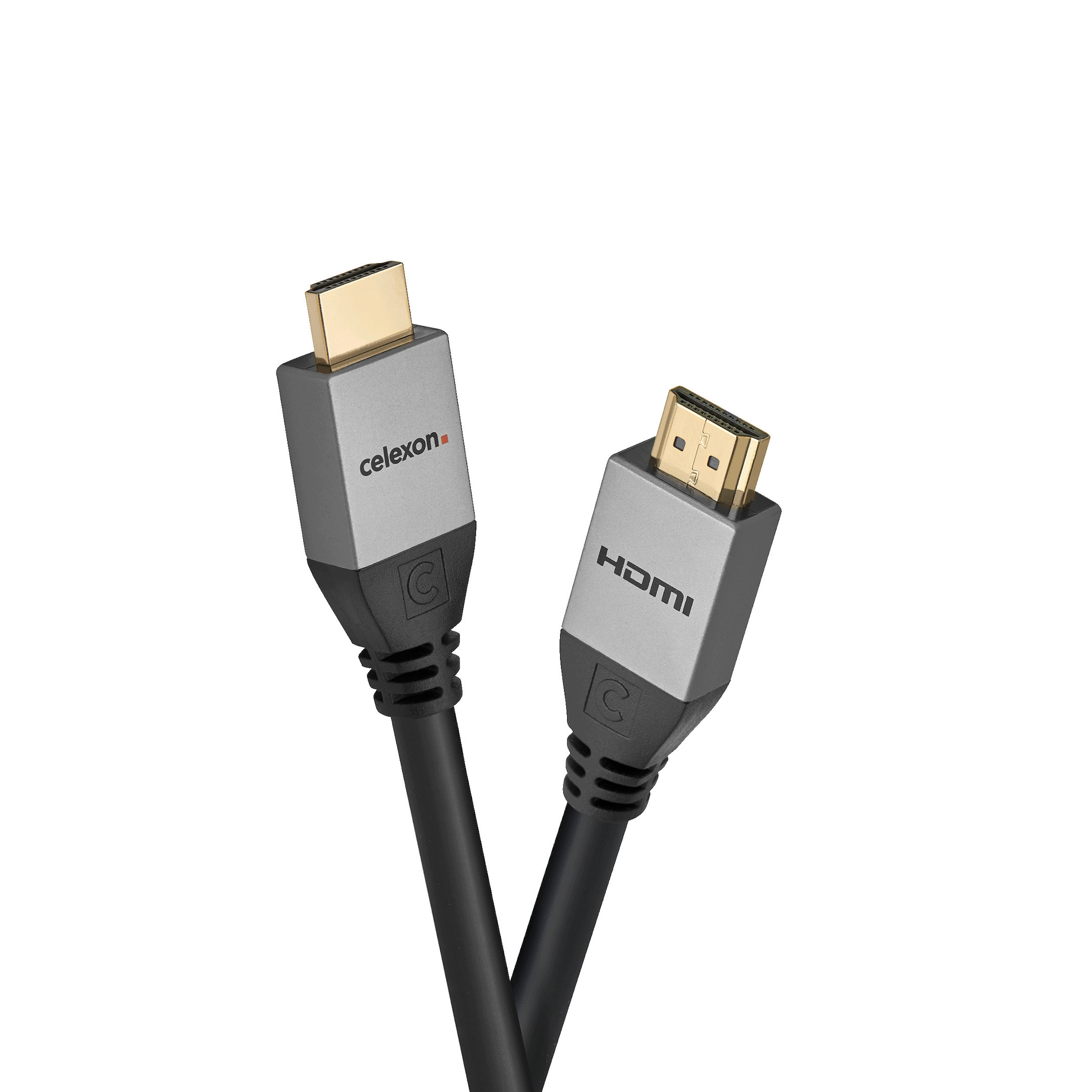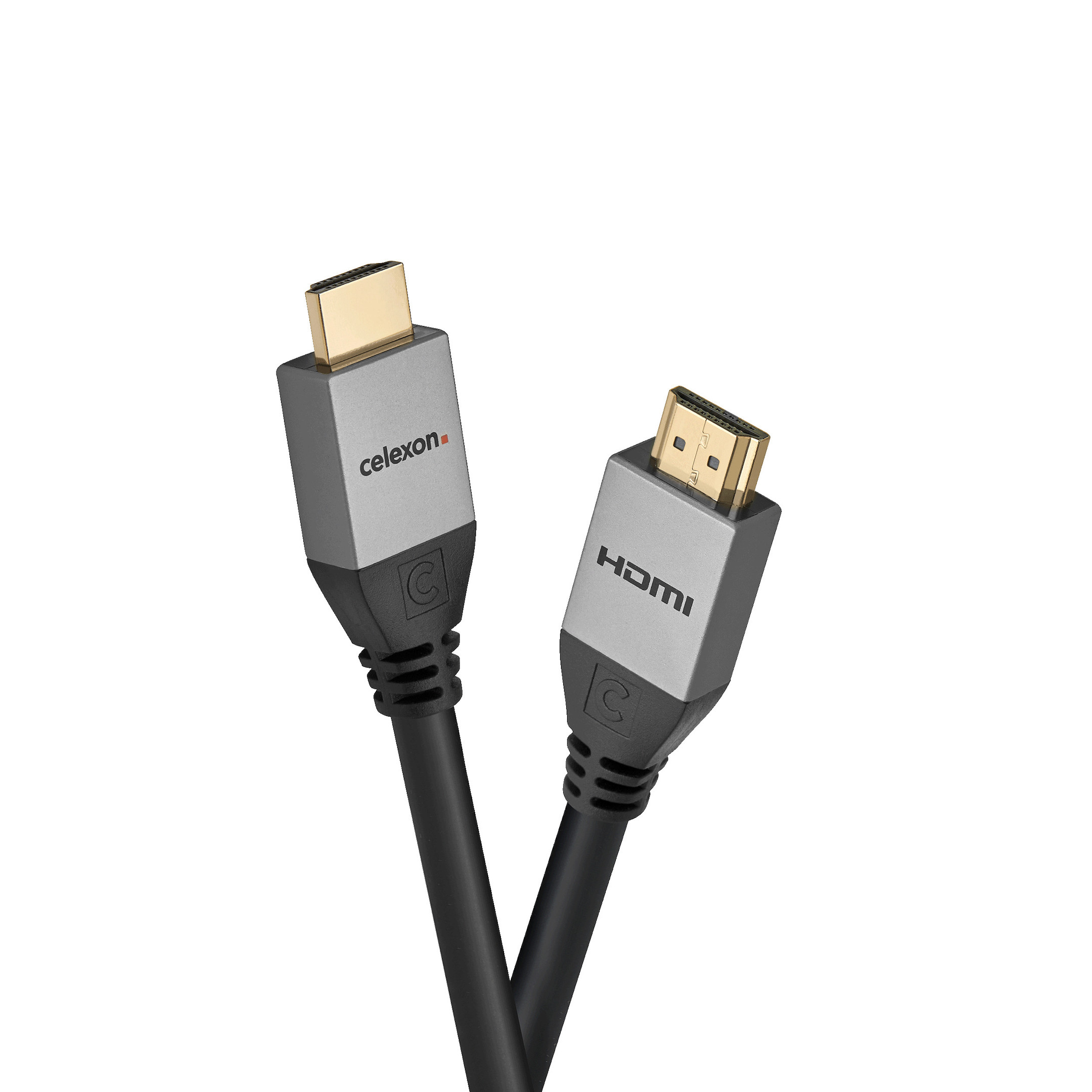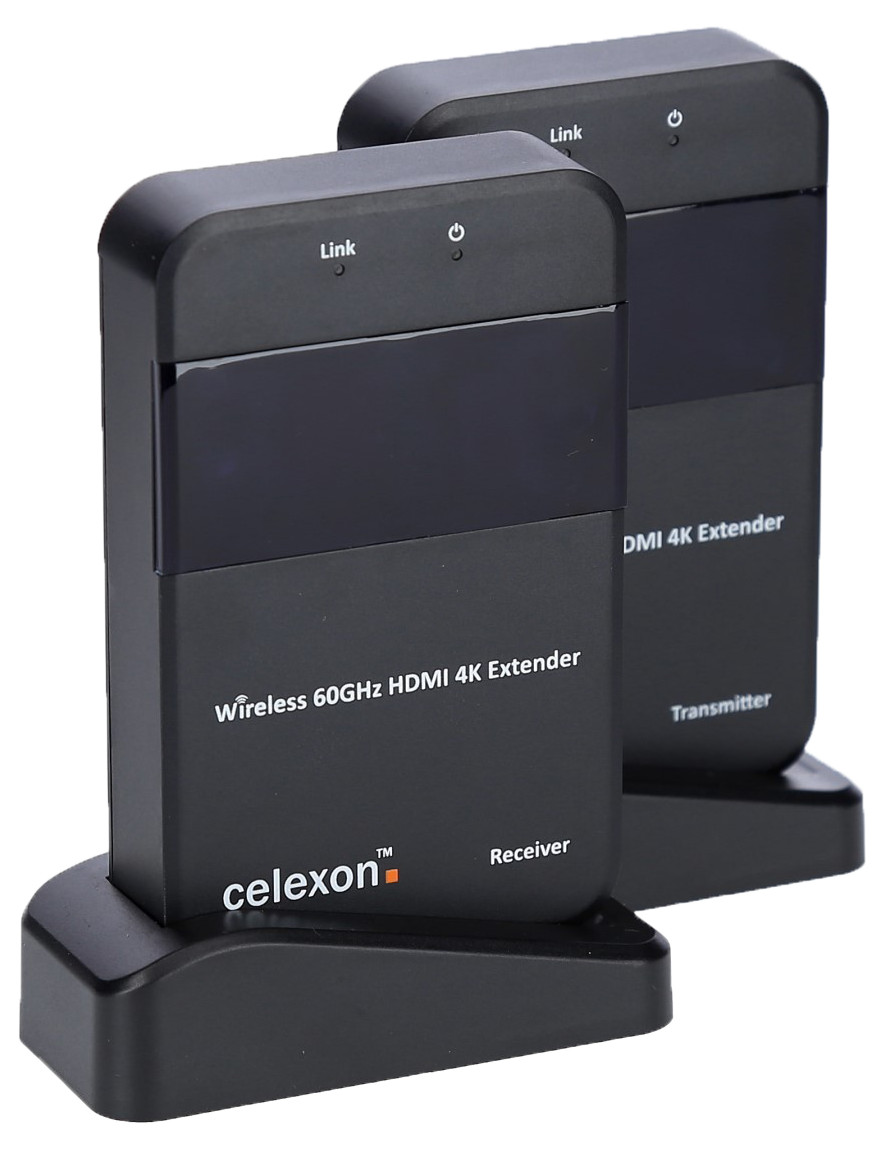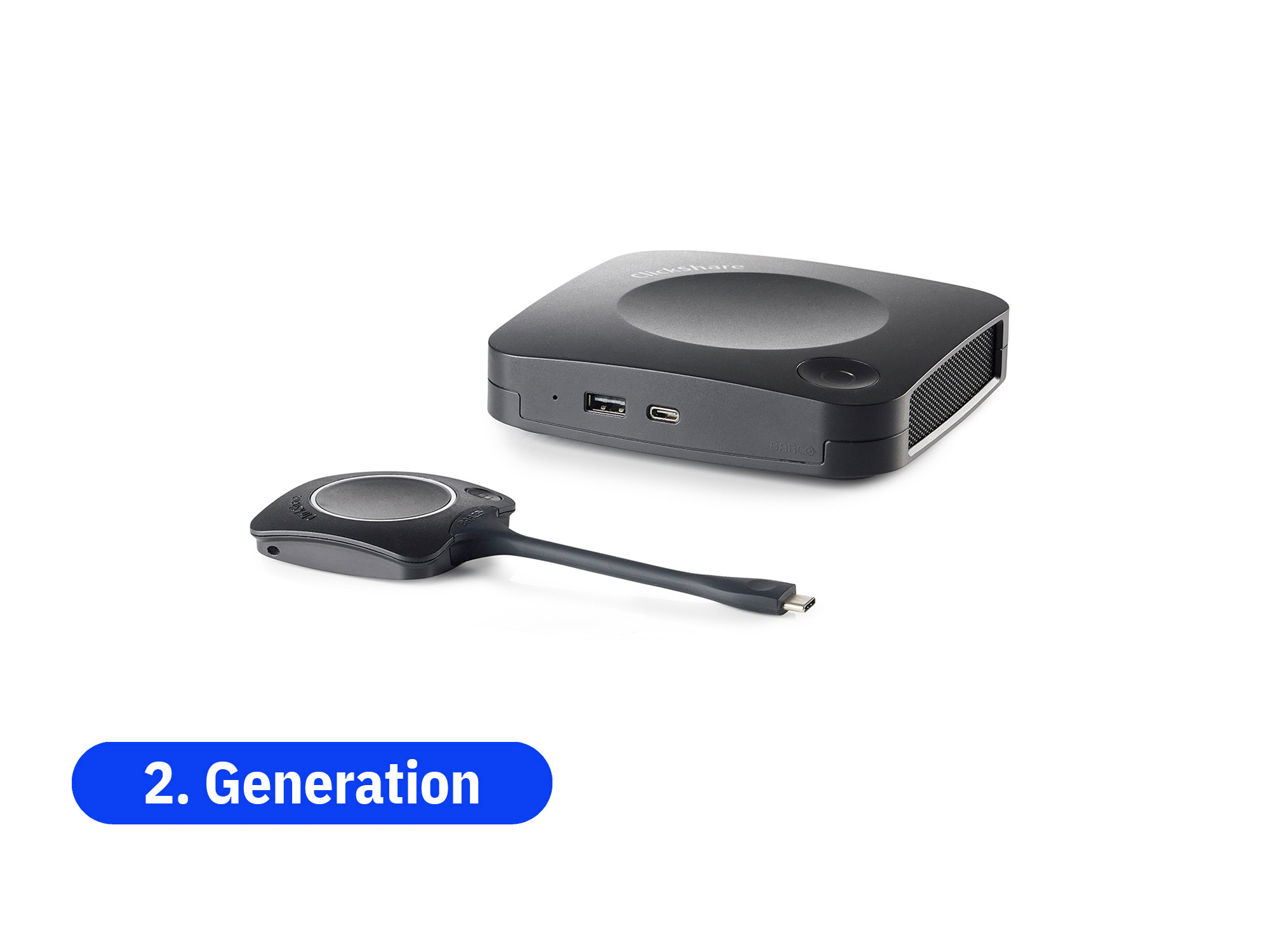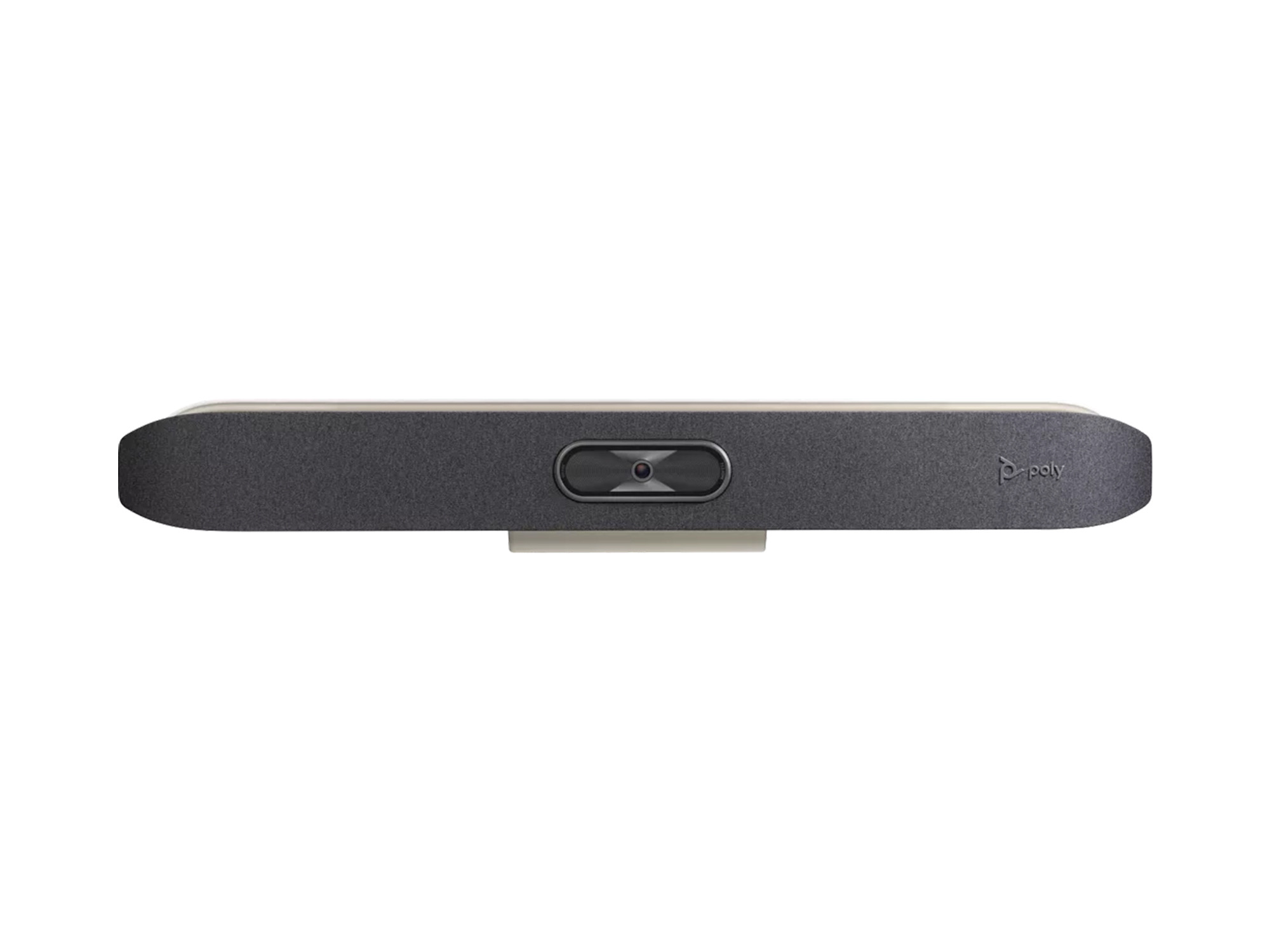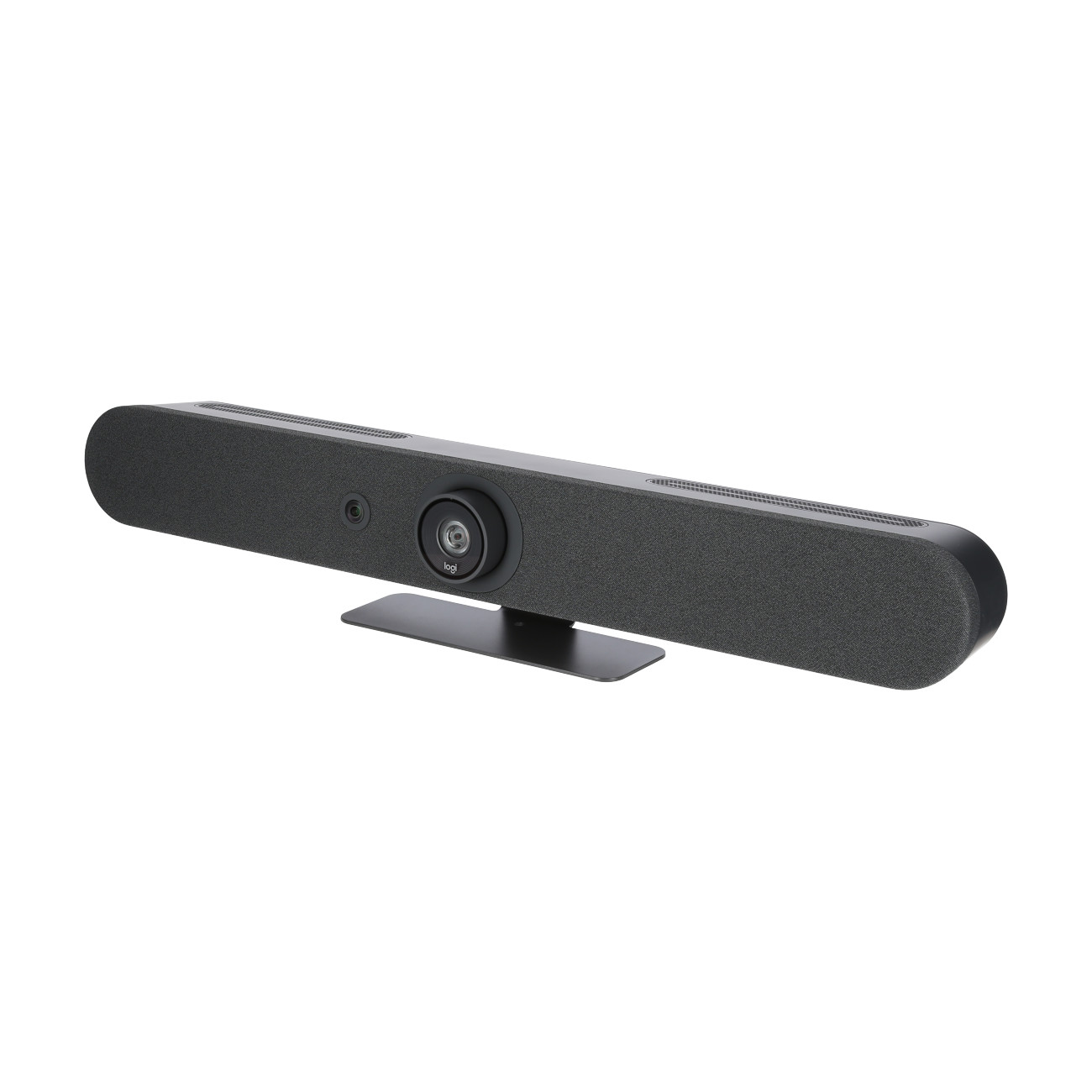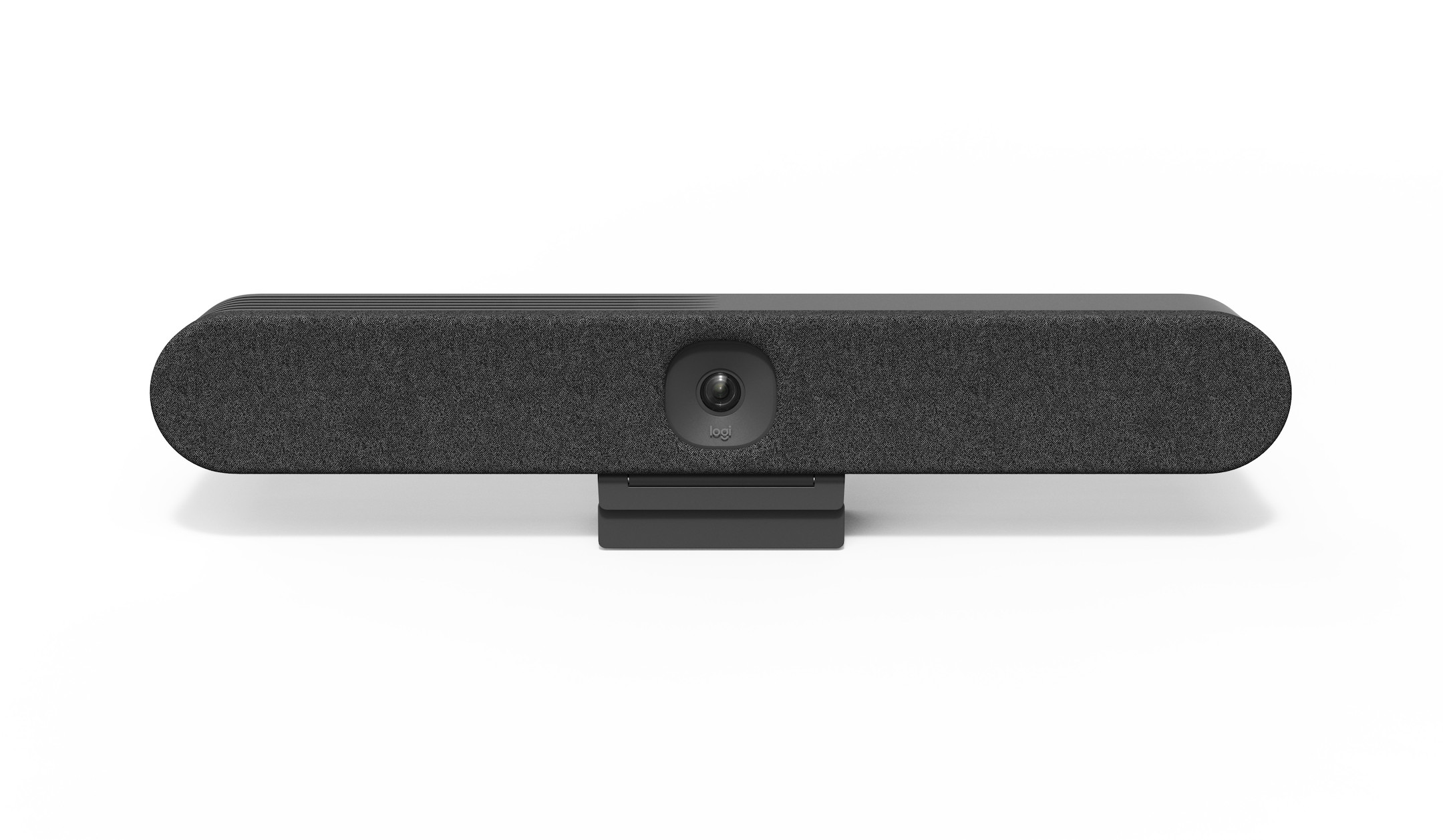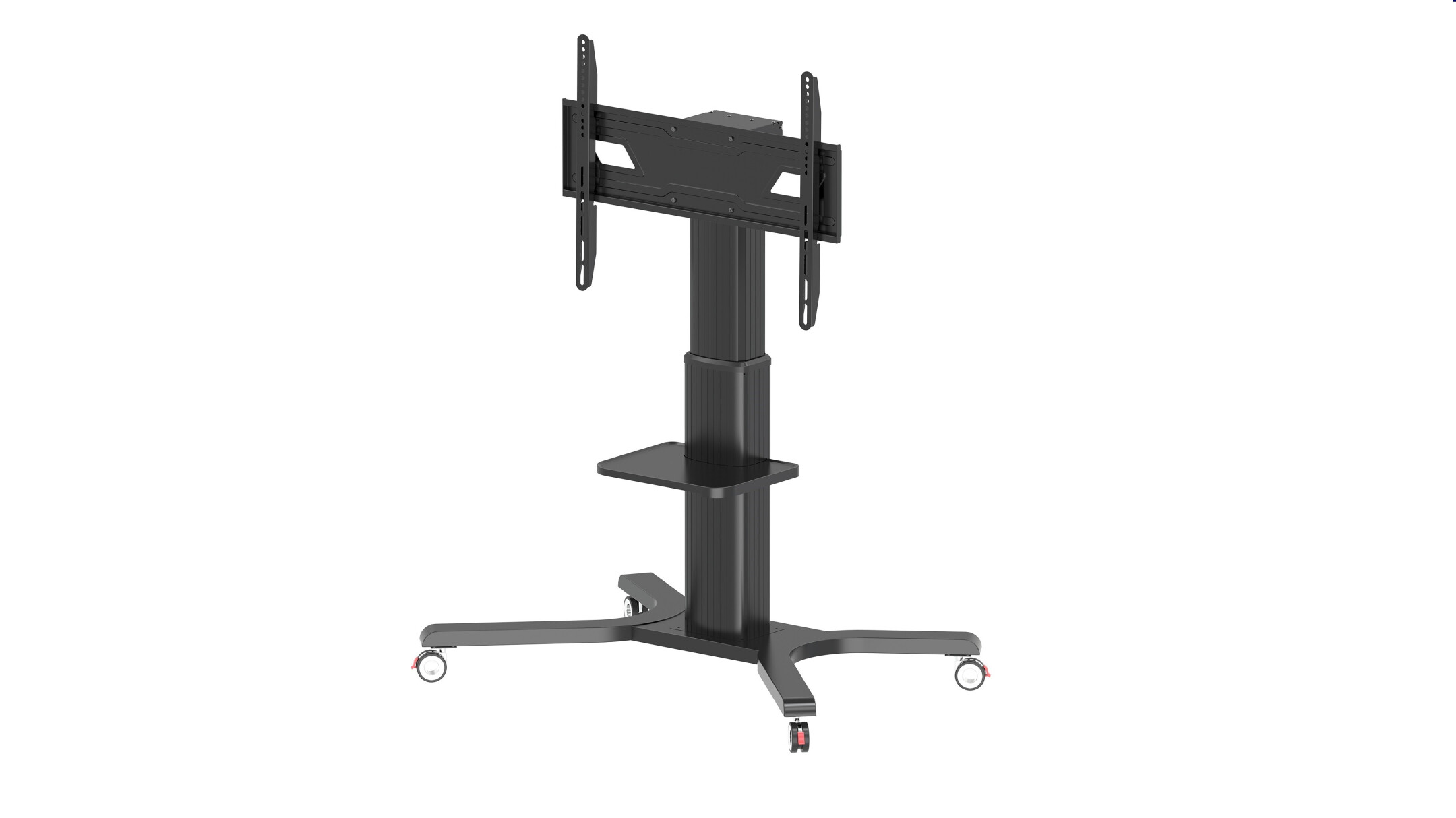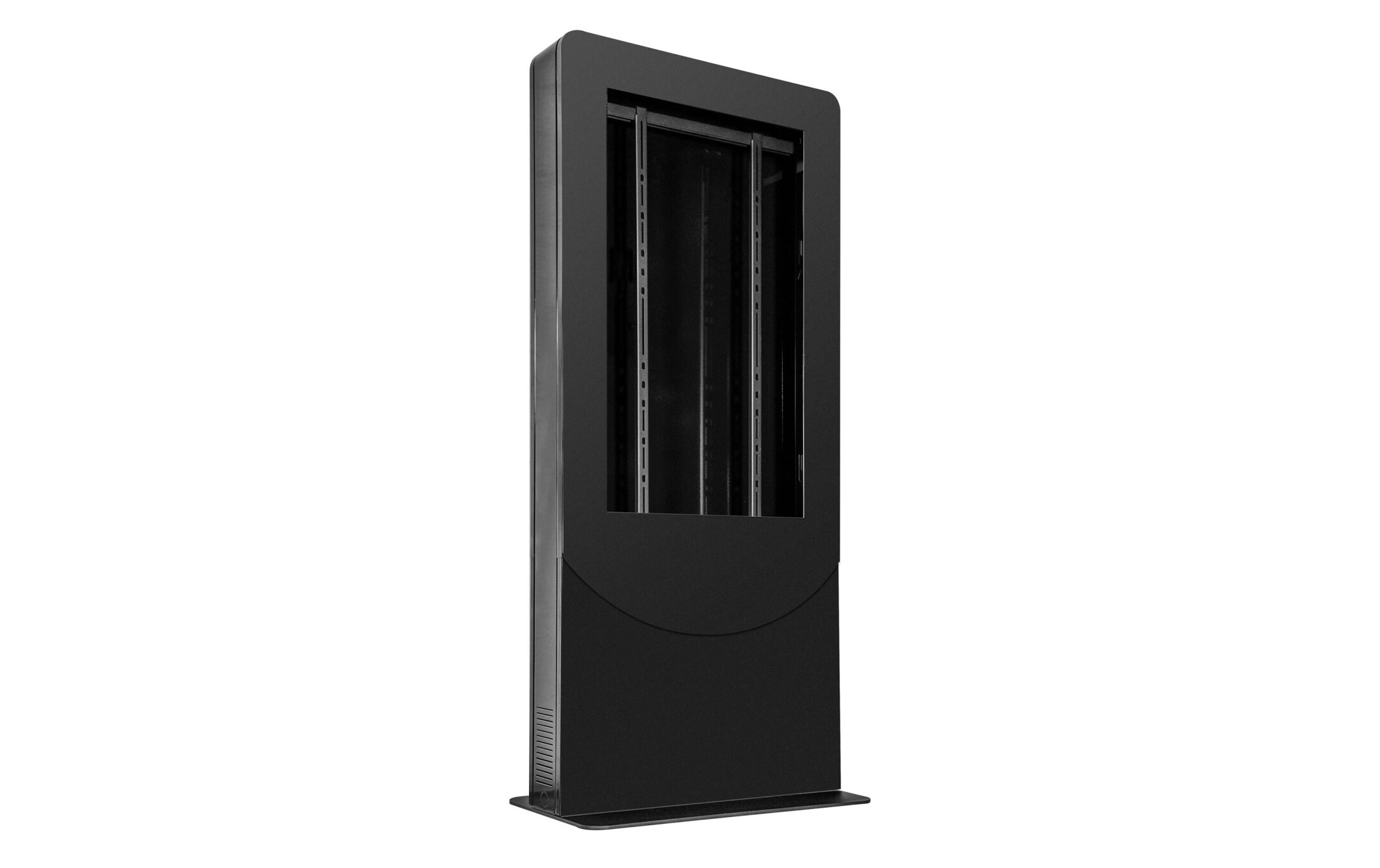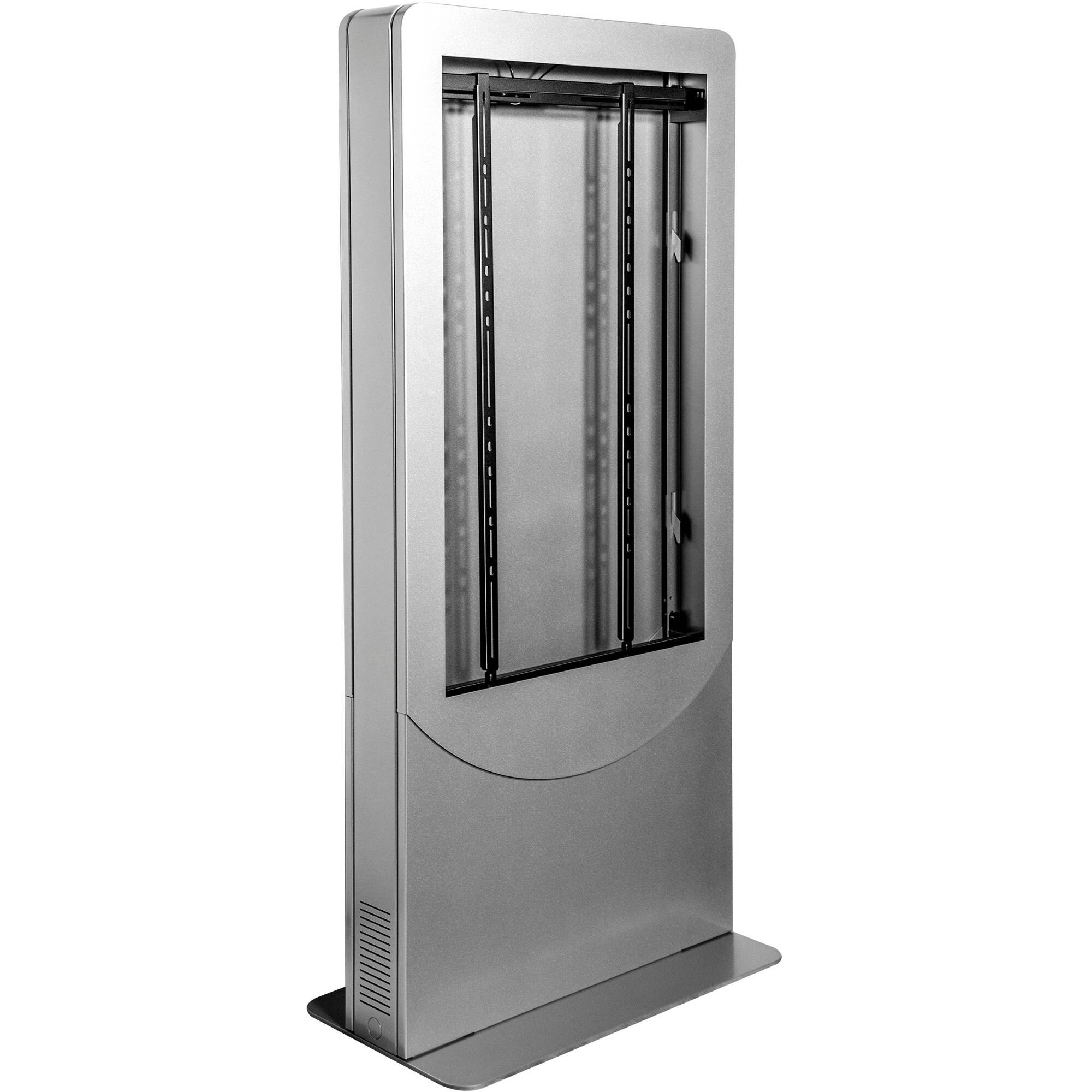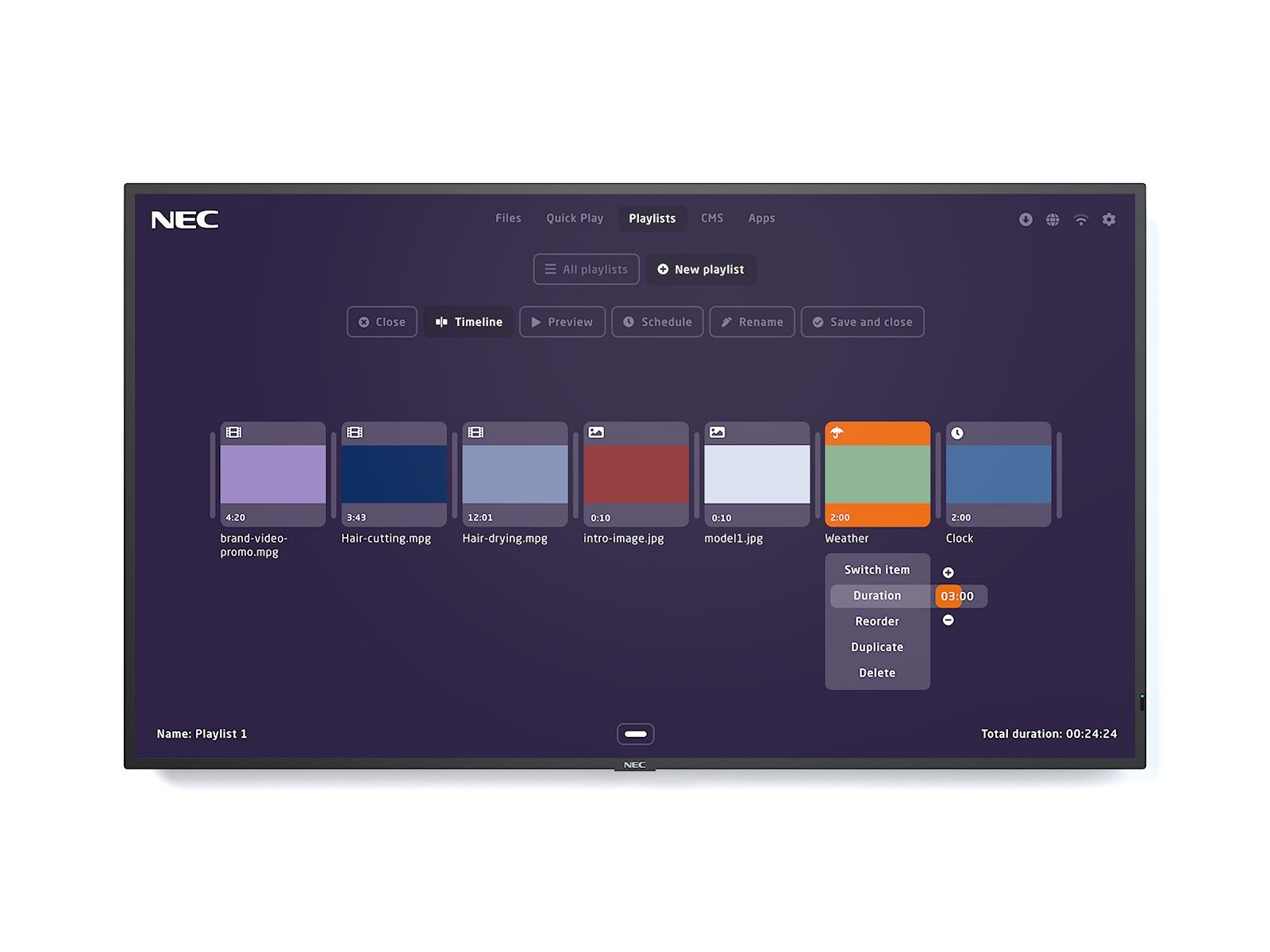































£2,536.24*
- Resolution 3840 x 2160 4K UHD
- Max. Brightness 700 cd/m²
- Panel type IPS
- Contrast Ratio 8,000 :1
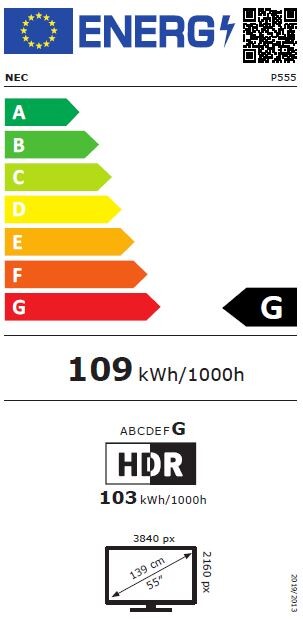


Frequently purchased together
Product information
When precise image display
is essential, the 5th generation of the NEC MultiSync® P-Series is recommended with first-class performance and modern functions for demanding applications.
Thanks to the high screen brightness of 700 cd/m² in combination with an effective haze filter, excellent recognisability of content without annoying reflections is guaranteed even in very bright environments. Despite their slim, elegant profile, the high-quality units are robust enough for use in public places and have a flame-retardant metal housing. The NEC MultiSync® P series is equipped with a pre-installed NEC MediaPlayer. So you get an out-of-the-box digital signage solution that lets you play the content you need for your application area - be it video, images, HTML or any of the supported content management systems (CMS).
For the best image reproduction in control rooms and production lines, for passenger information and guidance systems: NEC's P-Series stands for safety, a long service life and the best performance for the respective application purpose.
- Expanded colour space - The powerful panel technology offers an expanded colour spectrum for a first-class image display.
- An intuitive plug & play solution - Even users who are not familiar with the use of digital signage can realise sophisticated digital signage creations for realistic image experiences in real time.
- Install third-party software - Extend the functionality of the NEC MediaPlayer using additional apps or switch directly from the NEC MediaPlayer to your preferred content management system (CMS).
- Central control - Only one interface is required to control the NEC MediaPlayer and the screen directly via a web interface or the remote control belonging to the NEC screen.
- Excellent visibility - No reflections from windows or other light sources and therefore also an interference-free display of digital signage content or presentations in the conference room.
Technical data
| Name | NEC P555-MPi4 55" Display |
|---|---|
| Article number | 1000026712 |
| GTIN/EAN | 5028695122604 |
| Manufacturer SKU | 60005378 |
| Model name | P555-MPi4 |
| Brand | NEC |
| Product Type | Non-Touch Display |
| Technology | LCD |
| Panel type | IPS |
| Resolution | 3840 x 2160 4K UHD |
| Diagonal | 55" |
| Aspect Ratio | 16:9 |
| Viewing angle - Horizontal | 178° |
| Viewing angle - Vertical | 178° |
| Contrast Ratio | 8,000 :1 |
| Max. Brightness | 700 cd/m² |
| run-time | 24/7 |
| Response time | 8ms |
| Support - VESA | 300 x 300 |
| Frame width | 12.5 mm |
| Inputs | 1x RS232 , 1x USB-B , 2x Displayport , 2x HDMI , 2x USB-C |
| Outputs | 1x 3,5mm Jack , 1x Displayport , 1x HDMI |
| Product width | 123.96 cm |
| Product height | 71.3 cm |
| Product depth | 6.11 cm |
| Weight | 27.6 kg |
| Colour | Black |
| EEK Spectrum | A to G |
| Energy efficency class | G |
| Delivery contents | Batteries , HDMI Cable , Power cable , Quick user guide , Remote control |
| Condition | New |
| Warranty | 24 Month |
| Warranty type | Bringin service Service and support information |
Product safety
| Person responsible for the EU |
|---|
| NEC Deutschland GmbH |
| Fritz-Vomfelde-Straße 14-16 |
| 40547 Düsseldorf |
| Germany |
| global@adv.jp.nec.com |




